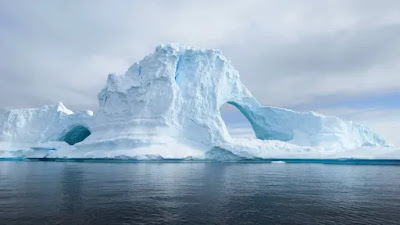Ensuring the well-being of our planet must unequivocally remain our utmost priority at this critical juncture. As esteemed individuals, we must acknowledge the undeniable truth that our shared existence on this planet is precipitating an alarming degradation at an increasingly rapid pace. As we navigate the path ahead, it is incumbent upon each and every one of us to shoulder the mantle of responsibility, both for our own well-being and that of our peers. Together, we must unite our efforts to combat the pressing challenges of climate change and pollution.
The reduction of plastic bag usage is a pivotal aspect of our collective efforts to mitigate the detrimental impact we impose upon the environment. Optimize expenditure on plastic bags at the grocery store by transitioning to the utilization of reusable, biodegradable garbage bags. By strategically phasing out the utilization of plastic bags and adopting the implementation of compostable bags, your esteemed city shall not only achieve substantial savings in annual cleanup expenditures but also effectively alleviate the strain on non-renewable resources.
Given the well-documented fact that the average lifespan of a plastic bag is a mere 12 minutes, it becomes effortlessly discernible to ascertain the magnitude of plastic bags that necessitate retrieval from our streets. If one possesses a domesticated animal and engages in the practice of discarding its excrement within plastic receptacles, it is imperative to acknowledge that such actions may inadvertently yield adverse consequences, despite one's well-intentioned beliefs.
Compostable plastics are gaining popularity as an eco-friendly alternative to traditional plastics. These plastics are made from biodegradable materials such as cornstarch, which break down naturally in the environment without releasing harmful toxins. Compostable plastics offer a sustainable solution for packaging and product manufacturing, reducing the negative impact of plastic waste on the environment.
Biodegradable plastic is an eco-friendly alternative to traditional plastic. It is made from organic materials that can be easily decomposed by bacteria and other natural processes. This type of plastic reduces waste in landfills and oceans, minimizing the impact on the environment.
The rate at which biodegradable polymers decompose is noticeably quicker than conventional plastics, even though biodegradable plastics do not decompose as quickly as one might think. For instance, a plastic bag that is just used once can live for up to a thousand years, whereas a bag made of biodegradable material will decompose within a couple of months.











